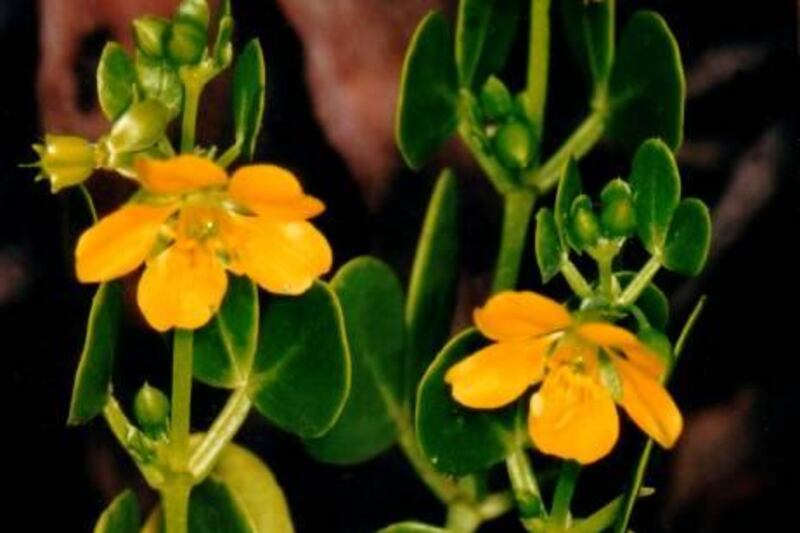My wife and I are travelling along the E22 from Abu Dhabi to Al Ain. Although the weather is starting to turn and both heat and humidity are beginning to rise, we are escaping the city for an evening and are off to spend the night camping in the desert.
As always, my wife drives while I survey the scene, wondering whether I prefer the desert here or the emptier, oceanic dunes that line the route to Liwa.
It is certainly greener here, with a greater extent and variety of vegetation. As well as the trademark palms and trees that line the road and central reservation, there is a seemingly endless belt of Municipal forestry either side of the motorway, identified by kilometres of black irrigation pipe and faded blue signs on which the Arabic script is considerably larger than the English text.
Desert and forestry: the words jar like a non sequitur yet my satellite map confirms the reality, showing geometric compounds that stretch off the page, fenced, planted in neat rows, and each one irrigated using wells that draw water from underground aquifers.
The National Forest covered 321,000 hectares (793,000 acres), or about 3.8 per cent of the UAE's total land area, in the year 2000, and the Forestry Department planted 80 million trees between 1980 and 1995.
This is strategic horticulture, planted with the bigger picture in mind and designed to have multiple uses: to effectively "green" the desert; to act as windbreaks and screens that protect communities, roads and agricultural holdings from shifting sands, and to provide a source of timber, firewood and fodder for animals. For all of these benefits, however, ecologists also hold such plantations responsible for a decline in native plant communities - the ghaf tree in particular - because artificial irrigation drains the vital groundwater that desert plants rely upon faster than rain and other natural processes can replenish it.
As we speed past plantations with names such as Camel Race and Bin Theba, I struggle to identify which species are populating these dusty grids. When they're large enough, it's easy to tell the difference between the softer, greyer domes of ghaf (prosopis cineraria), the flat-topped, conical form of samr (acacia tortilis) and the ragged, uneven canopies of sidr (zizyphus spina-christi). And little else grows like the shaggy, mounded plumes of juvenile mishwak (salvadora persica).
However, I know from previous visits that other species are also used and that when they are very young or old, plants grown in arid, desert conditions often look markedly different to their pampered, overwatered cousins growing in the city's parks and gardens. Irrigated only with brackish groundwater, exposed to extreme heat and transforming winds, plantation trees become gnarled and stunted in order to survive.
Leaving the main motorway, we follow the older, parallel truck route for a few kilometres before finding a two-lane road that appears as little more than a needle-thin track on my map. It sets straight off into the desert, perpendicular to the E22. This is an area characterised by semimobile sand dunes, mounds of sand piled up by the wind that gradually change shape as their grains are blown across their surface.
Plants growing in these conditions not only have to deal with the heat and lack of water, but must also be able to grow up through the sand when they are buried or spread over the surface of the dune to avoid burial altogether. Many successful dune species, such as dharam (sporobulus spicatus) and thenda (dyperus conglomeratus), have underground rhizomes or overground stolons that radiate out under and over the sand and, when there are enough specimens growing together, help stabilise dunes.
By the time we find a suitable spot for our tent, we are still surrounded by forest plantations but the desert in between is devoid of vegetation apart from occasional clumps of low, succulent-like perennials of the genus Zygophyllum. You may not know the name but I can guarantee that you've seen Zygophyllum, if only from the window of a speeding car. They appear coarse and straggly from a distance but a closer inspection reveals an open, delicate form with jade-coloured, succulent foliage and minute yellow flowers.
By the time our camping trip finished, I had imagined the many different ways that Zygophyllum could grace the most fashionable arid gardens, becoming a key component of arid-climate living roofs and water-conscious display gardens. It has just that kind of low-key, structural interest that makes other plants such instant hits in fashionable metropolitan nurseries across Europe and North America.
Several species in the Zygophyllum genus and members of the wider Zygophyllaceae (or bean caper) family are native or naturalised in the UAE, including Z. qatarense (harm in Arabic), Z. mandavillei and Z. hamiense, as well as tribulus terrestris (hisek), seetzenia lanata (abu showka) and various species of fagonia. They are all extremely tough, being drought-, heat- and salt-tolerant.
When I worked as a landscape architect I would always discuss these and other native plants with local growers, wondering why no attempts were being made to grow them commercially. "There is no demand" was always the first answer. "Because they are slow-growing and difficult to propagate" was another, or "because there are so many other better plants available".
My response also came in three parts: the UAE is running out of water, no plants are better adapted to local conditions than native species and, finally, it would be better to lead the market by becoming a specialist in desert plants and planting.
As far as I know, local growers are yet to put native species into nursery production, but it can only be a matter of time before an entrepreneurial outsider gives the UAE's horticultural market exactly the kind of sensitive, sensible plant palette it so desperately needs.





